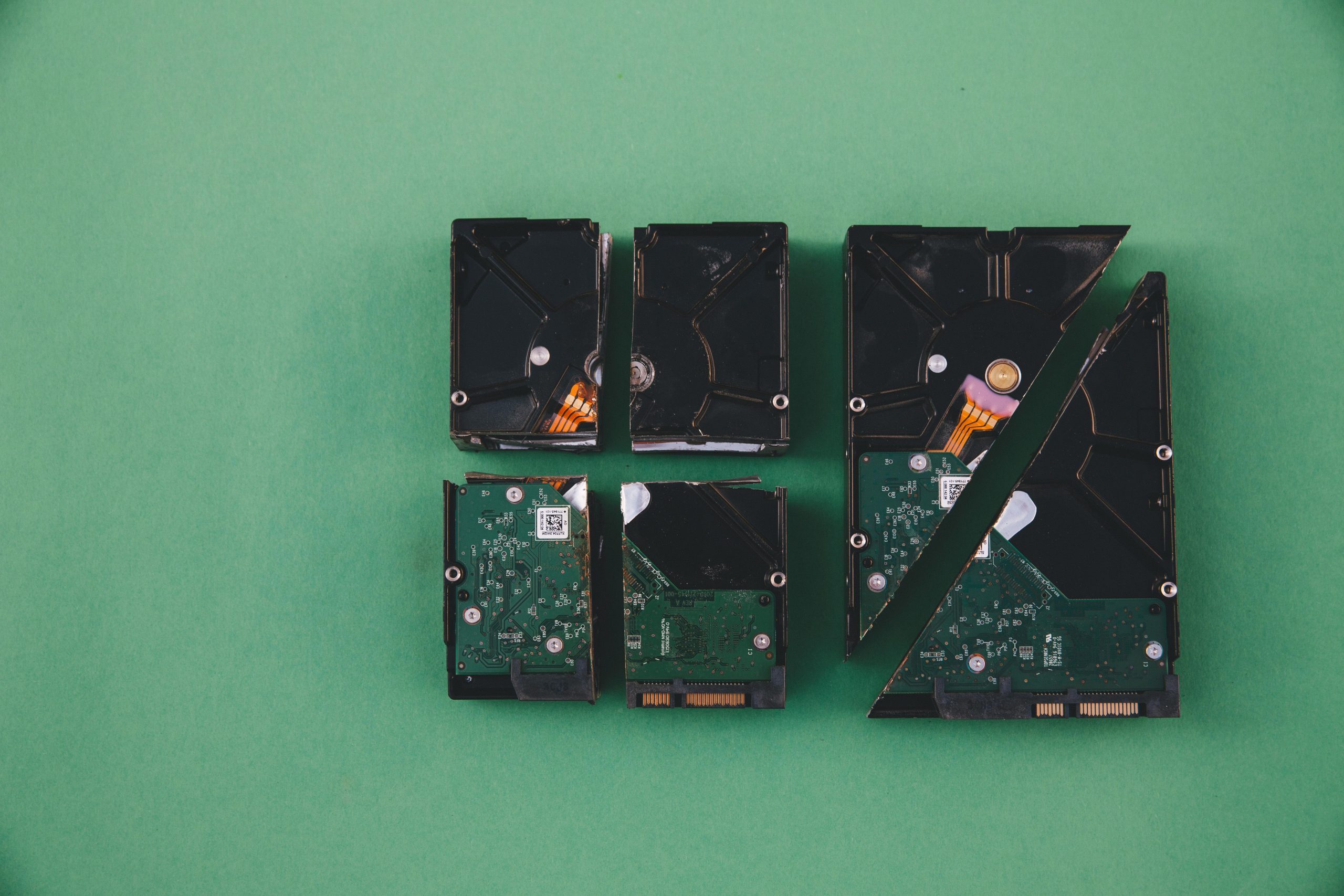Understanding File Accessibility and Data Loss After Operating System Transition: A Case Study
Introduction
Transitioning between operating systems can be a complex process that sometimes results in unintended data accessibility issues. Recently, a user migrated from macOS to Zorin OS (a Linux distribution) and encountered significant challenges accessing previously backed-up files stored on an external hard drive. This article explores potential causes of such issues, practical troubleshooting steps, and best practices to prevent data loss during OS transitions.
Background
The user had a MacBook Pro and used a Seagate external hard drive to create multiple backups of their data. Prior to changing the operating system, it was standard to ensure all files were properly saved and the drive was correctly maintained. After migrating to Linux-based Zorin OS, the user noticed that folders on the external drive appeared as “0 bytes,” and files seemed inaccessible or empty.
Understanding the Issue
When external storage devices display files and folders as “0 bytes,” it typically indicates that the operating system cannot read the file sizes or recognize the data correctly. Possible causes include:
- File System Compatibility: The external drive may be formatted with a file system (e.g., macOS’s APFS or HFS+) that Linux does not natively support, resulting in improper mounting or recognition.
- Mounting Errors: Improper mounting of the external drive could cause the OS to recognize the directory structures incorrectly.
- File Corruption: During the OS transition, files could have become corrupted or unreadable.
- Data Accessibility Permissions: Permissions or ownership issues may prevent proper access to the files.
Troubleshooting Steps
- Identify the File System Format
Connect the external drive to a Linux system and check its format:
bash
sudo blkid /dev/sdX
Replace /dev/sdX with the correct device identifier. If the drive uses a macOS-specific format like APFS or HFS+, consider that Linux lacks native support for these file systems without additional tools.
- Install Necessary Drivers or Tools
For read-only access to HFS+ or APFS:
- For HFS+:
bash
sudo apt-get install hfsprogs -
For APFS:
Linux support is limited; third-party tools likeapfs-fusemay be used, but with caution. -
Mount the Drive Manually
Use terminal
Share this content:



